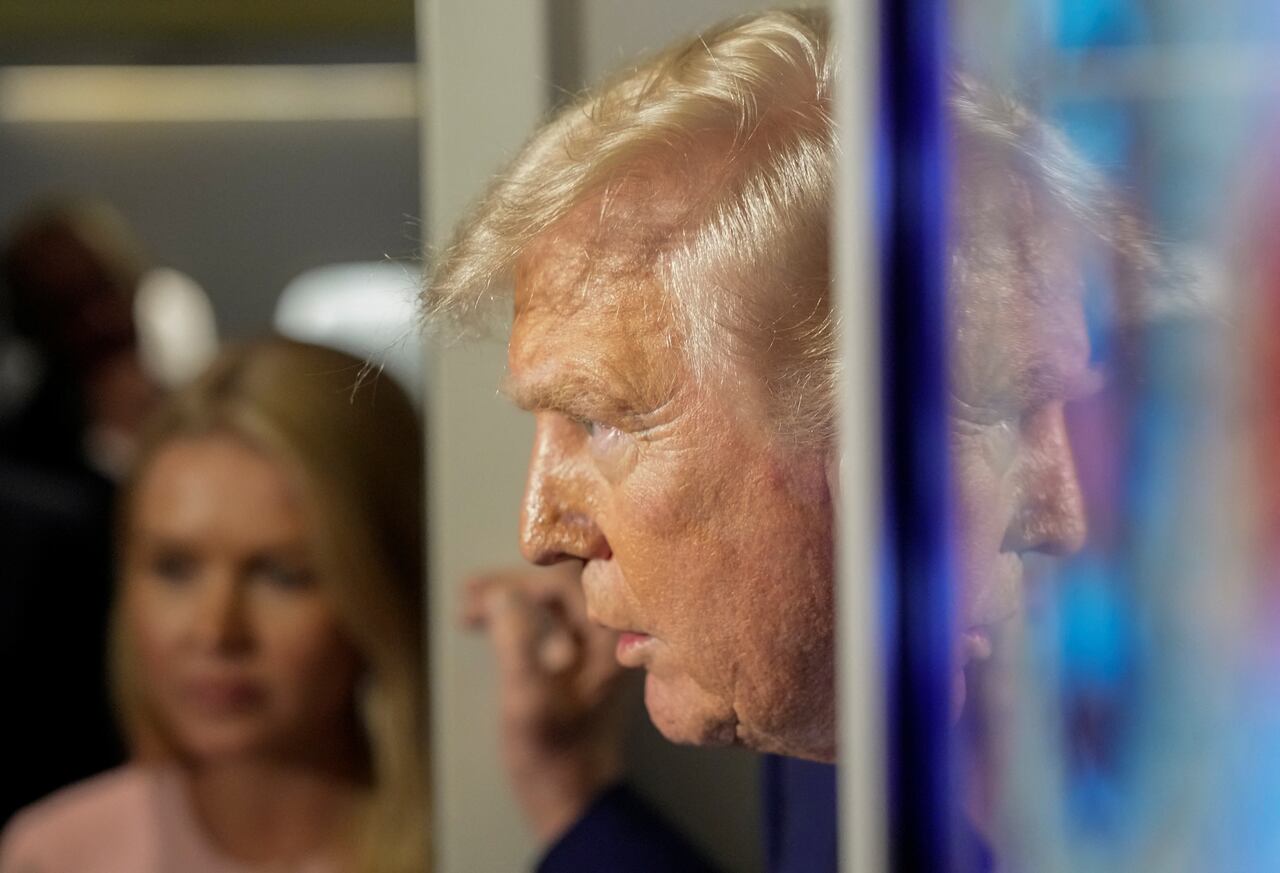Fear has engulfed the market, leading to a collapse of the domestic stock market. Global stock markets trembled following the announcement of universal and reciprocal tariffs by the Donald Trump administration. Investors, concerned about the possibility of an economic slowdown due to the trade war, continued their "panic sell."
According to the Korea Exchange on the 7th, foreign investors sold a net $2.91 trillion worth of stocks in the KOSPI market that day. The KOSDAQ market also exhibited a net selling of 187.3 billion won. Foreigners have continued a net selling trend for seven consecutive trading days since the 28th of last month. Futures have been on a selling trend for eight trading days since the 27th of last month. Over the recent eight trading days, the net selling amount of foreign investors in cash and futures exceeded 15 trillion won. This is the largest scale since 2000.
The problem is that it is also difficult to predict the "bottom." President Trump maintained a hardline stance regarding tariffs, stating, "There will be no negotiations unless we resolve the trade deficit with China."

As a sell-off bombardeed the market, the stock index plunged. The KOSPI index closed at 2328.2, down 137.22 points (5.57%) from the previous trading day. The KOSDAQ index also closed down 36.09 points (5.25%) at 651.3.
The drop rate of the KOSPI and KOSDAQ indices on that day was the largest since last August when the market was shaken by the unwinding of "yen carry trade," which involves borrowing yen at low interest rates to invest in countries or products with relatively high interest rates. In the early part of the day, KOSPI 200 futures fell over 5%, triggering a sell-side car for the first time in eight months. A sell-side car is a system that restricts the effect of program trading offers for five minutes if KOSPI 200 near-month futures fall by more than 5% in one minute.
In the KOSPI market, the stock prices of 869 items fell, while only 68 items rose. Major stocks, including Samsung Electronics, SK hynix, LG Energy Solution, Samsung Biologics, Hyundai Motor, and Celltrion, all dropped significantly.
In the KOSDAQ market, the stock prices of 1496 items fell, while only 190 items rose. All stocks in the top market capitalization, including Alteogen, ECOPRO BM, HLB, Ecopro, Rainbow Robotics, and Sam Chun Dang Pharm, declined. Political and policy-themed stocks briefly shone due to the early presidential elections.
Asian stock markets were all shaken. The Morgan Stanley Capital International (MSCI) Emerging Markets (EM) Index, a global benchmark stock index, recorded its largest drop since the COVID-19 pandemic in 2020. Japan's Nikkei 225 average stock price reached a new intraday low since November 2023, while Hong Kong's Hang Seng Index surpassed a 10% daily decline for the first time since the 2008 global financial crisis. The Shanghai Composite Index, Taiwan's Weighted Index, and Australia's ASX 200 index also plummeted.
From a valuation perspective, our stock market has approached the bottom, but experts suggest it is not yet time to hastily buy. They find it hard to gauge the uncertainties resulting from the Trump administration's tariff policy.
Traditionally, the lower limit of the KOSPI index is around 0.8 times the 12-month leading price-to-book ratio (PBR; market capitalization ÷ net worth). Currently, this is at the 2300 level. However, during incidents such as the dot-com bubble, the global financial crisis, and the COVID-19 pandemic, where the 0.8 times PBR was broken, issues arose only after.
It remains uncertain whether Jerome Powell, the chair of the Federal Reserve, will lower interest rates as expected by the market for economic defense. Lee Eun-taek, a researcher at KB Securities, noted, "Chair Powell may accept one or two rate cuts eventually, but it remains to be seen whether he will move as quickly and boldly as the market desires.”
It is important to keep in mind that entering a bearish market can take a long time to recover. Historically, in the U.S. stock market, it took an average of 773 trading days to recover to previous peaks after past downturns based on the Standard & Poor's (S&P 500) index. After the dot-com bubble burst from 2000 to 2002, it wasn't until 2007 that the previous peak was recovered after 2623 trading days. The KOSPI index in South Korea needed approximately 1.65 times longer, at 1657 trading days, to recover to previous peak levels post-bear market.